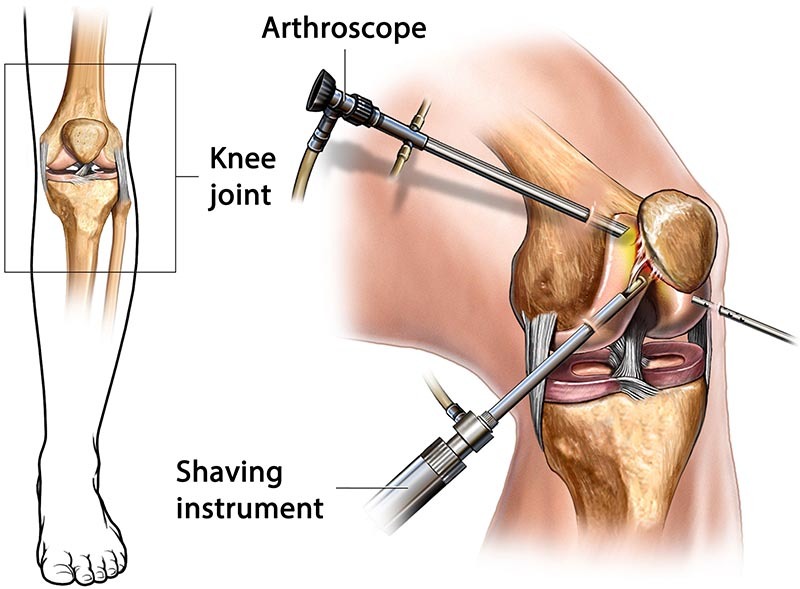What is Meniscus
A Meniscus is a piece of thick fibro cartilaginous tissue that acts as a cushion between the femur and tibia. There are two menisci in each knee and their job is to function as shock absorbers, and facilitate smooth knee movements. They provide lubrication to the knee joint and support the knee when force is exerted on them by the body weight while walking and running.
What is Meniscus Tear
A torn meniscus is a condition that results from a tear or damage inflicted to the cartilage. The tear in the meniscus can be longitudinal, parrot beak or transverse. A torn meniscus is the result of a sudden twist or injury that causes the femur to grind against the top of the tibia. The sudden impact affects the cartilage, potentially tearing or damaging it in the process.
While athletes report more instances of meniscus tear, the injury is no uncommon in non-athletes too and can be causes during daily routine activities. Also, people of all age groups are prone to meniscus tear though adults and obese individuals suffer from chronic and degenerative tears.

What is Meniscal Tear Surgery
Knee arthroscopy is the best way to fix a meniscal tear. During the surgery, the primary objective is to repair the torn meniscus by restoring the maximum cartilage around the knee joint. Some of the common surgical procedures for torn meniscus include:
Meniscal repair
When the size of the tear is greater than one centimeter, the location of the tear is towards the periphery, and when the tear is vertical or longitudinal, the surgeon will opt for this type of surgery. In middle-aged and elderly patients where the tears are the result of long term degeneration, this surgery is performed.
Partial meniscectomy
Partial menisectomy is necessary when fragments of the torn meniscus stick out into the joint, and interfere with joint movement. The remaining meniscus is smoothed out.
Microfracture surgery
In Microfracture surgery, tiny fractures are created in the underlying bone. Blood clots that release cartilage building cells are formed in these fractures and over a period of time a new cartilage to develop from them.
The orthopedic surgeon will consider your age, lifestyle, location of the meniscus tear, its size and shape, and medical history before taking a call on the kind of meniscus tear surgery that will benefit you.
Procedure
Meniscus tear is generally repaired through minimally invasive arthroscopic surgery. Our orthopedic surgeons are well-trained in arthroscopy procedures and already have a very impressive track record.
Our anesthesiologist will inform you about the risks and benefits of options like spinal, regional and local anesthesia and also help you elect one that suits you. At Vidyasagar Hospital, our anesthesiologists have both experience and expertise in implementing fast-track anesthesia, an anesthesia technique we recommend to our patients for its benefits like fast recovery and minimal side-effects. We perform the surgery in Laminar Operation Theater that minimizes occurrence of any infections due to impure air.
One the anesthesia kicks in, small keyhole-sized incisions are made in the knee. An arthroscope is inserted into one hole, a cannula into the second and working tools into the third. Saline solution is pumped into the knee through the cannula to improve visibility and navigation of the instruments. The knee cap, menisci, cruciate ligaments and the leg bones are inspected. The tear is them studies thoroughly, including where it starts and ends, its mobility etc. Based on the type of meniscus repair surgery being performed, the meniscus is sutured together, totally or partially removed or fractures are created in the underlying bone. The knee is inspected again and saline is flushed to wash out any tiny particles that may be floating around. The incisions are then closed.


